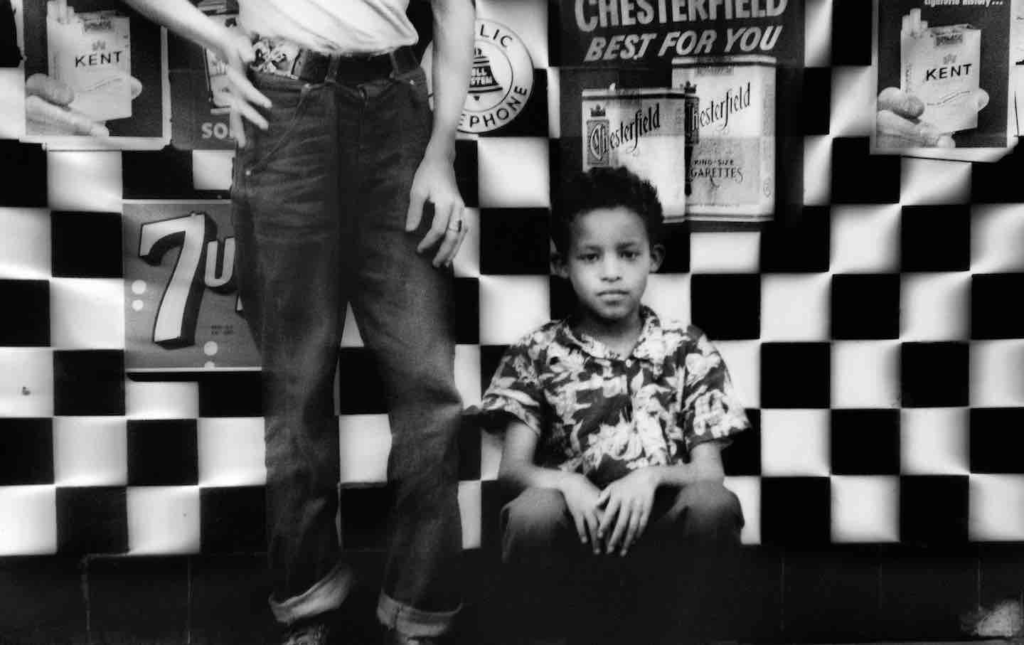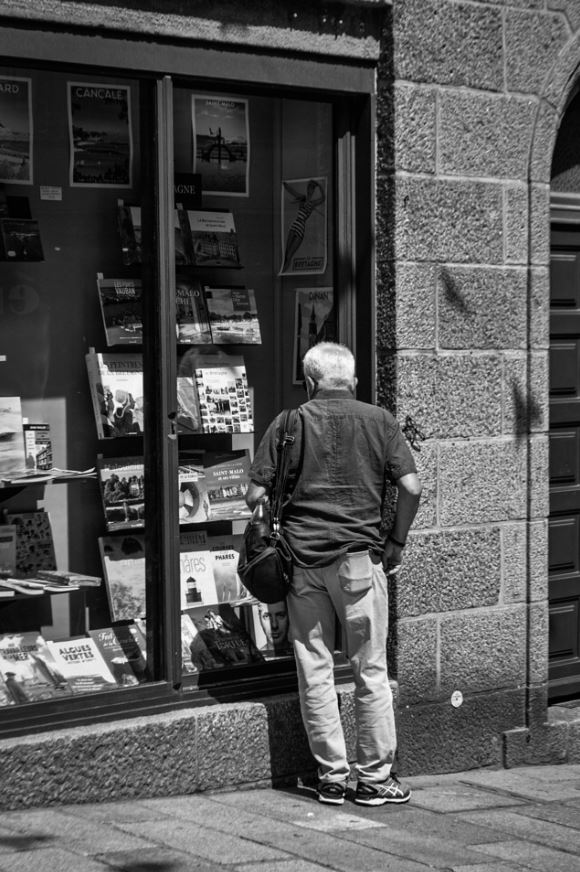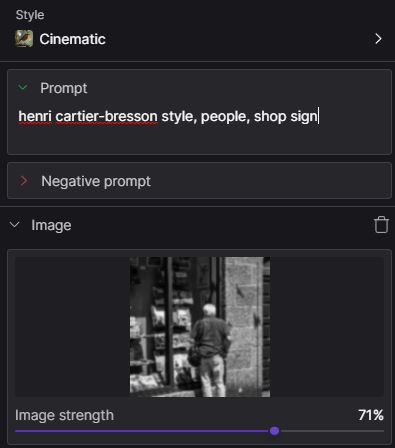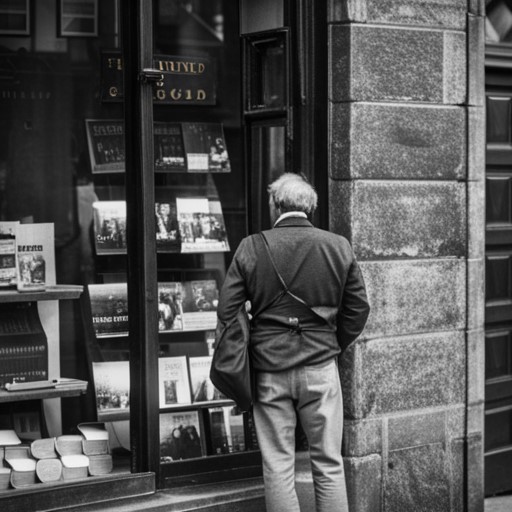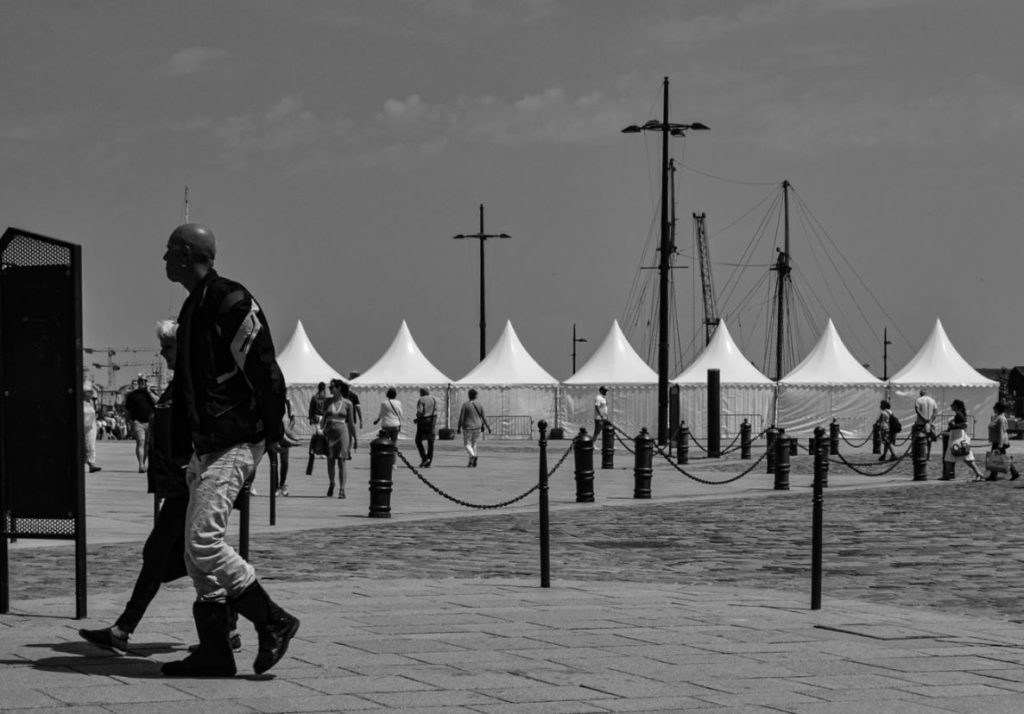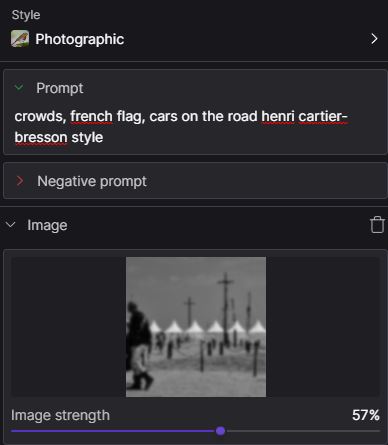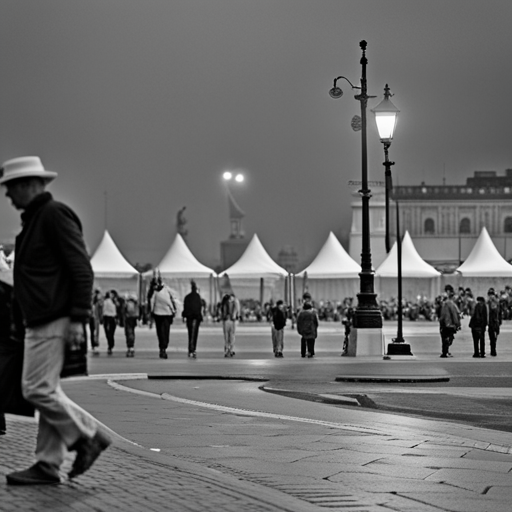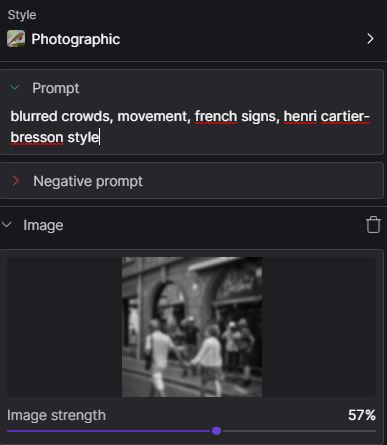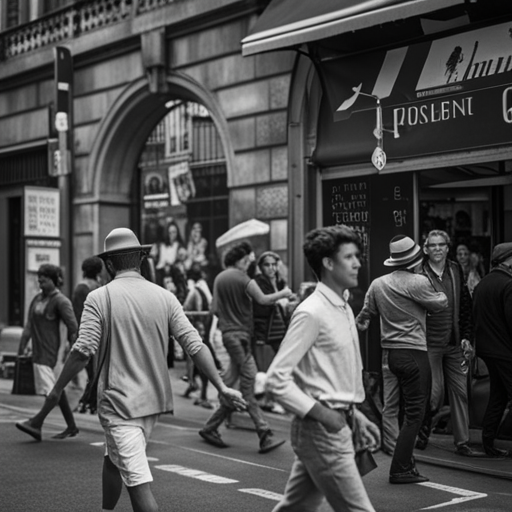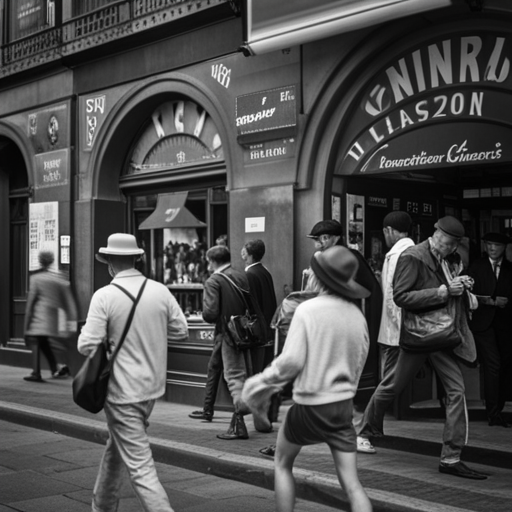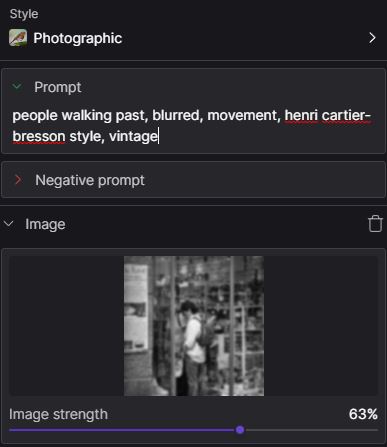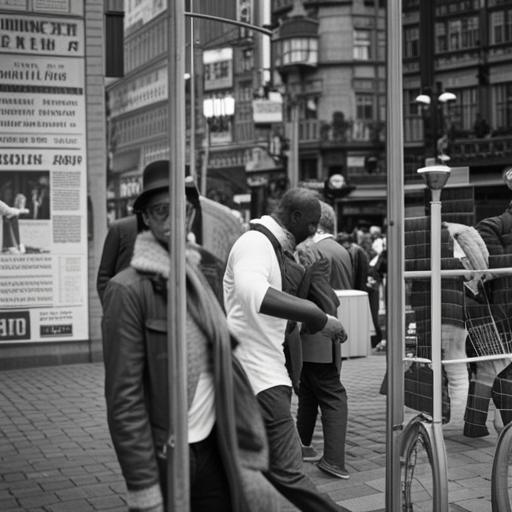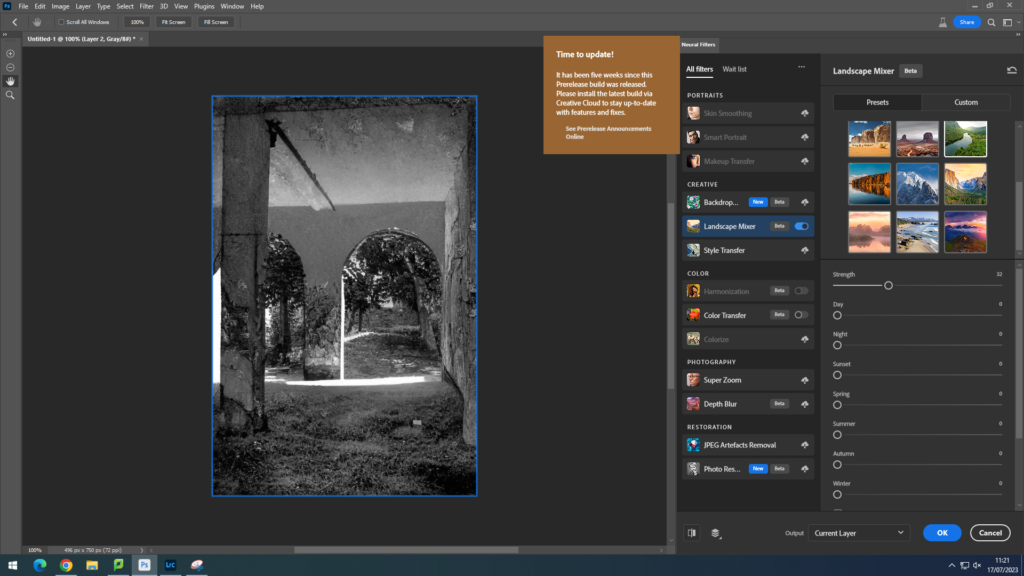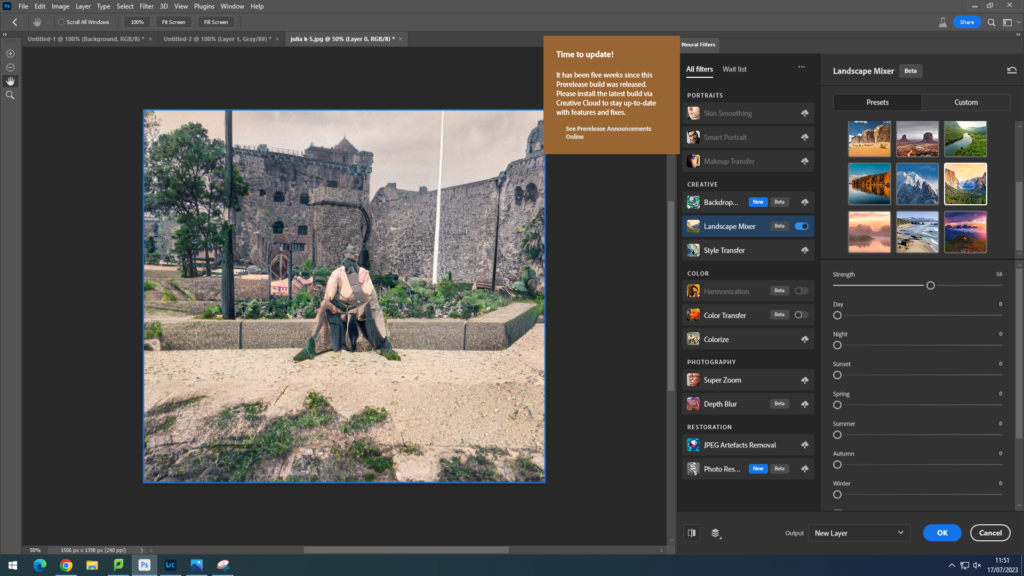Helen Levitt

Helen Levitt was an American photographer and cinematographer, born on August 31st 1913 and passing away on March 29th, 2009. She was well known for her street photography around New York City even being described as “the most celebrated and least known photographer of her time.”
She began photography when she was eighteen years old and in 1931 she learned how to develop photos in the darkroom when she began working for J. Florian Mitchell, who was a commercial portrait photographer. She also attended many classes and events hosted by the Manhattan Film and Photography League around the time she was exposed to the work of Henri Cartier-Bresson at the Julien Levy Gallery, who she was also able to meet through the league.
Cartier-Bresson’s work became a major influence for her photography as it inspired her to change from her more journalistic and commercial approach to photography to a more personal one.

While teaching art classes to children in 1937 for New York City’s Federal Art Project, Levitt became intrigued with the transitory chalk drawings that were part of the New York children’s street culture of the time. She began to photograph these chalk drawings, as well as the children who made them for her own creative assignment with the Federal Art Project.
In 1959 and 1960, she received two grants from the Guggenheim Foundation for her pioneering work in colour photography and in 1965 she published her first major collection, A Way of Seeing. Levitt lived in New York City and remained active as a photographer for nearly 70 years. However, she expressed lament at the change of New York City scenery:
“I go where there’s a lot of activity. Children used to be outside. Now the streets are empty. People are indoors looking at television or something.”

William Klein
William Klein was an American-born French photographer and filmmaker born on April 19th 1926 and later passing on September 10th 2022. Klein was noted for his ironic approach to both media and his extensive use of unusual photographic techniques in the context of photojournalism and fashion photography. He was ranked 25th on Professional Photographer‘s list of 100 most influential photographers.
Klein trained as a painter, studying under Fernand Léger, and found early success with exhibitions of his work. He soon moved on to photography and achieved widespread fame as a fashion photographer for Vogue and for his photo essays on various cities. He directed feature-length fiction films, numerous short and feature-length documentaries and produced over 250 television commercials.

Despite having no formal training as a photographer, Klein won the Prix Nadar in 1957 for New York, a book of photographs taken during a brief return to his hometown in 1954. Klein’s work was considered revolutionary for its “ambivalent and ironic approach to the world of fashion”, and for his extensive use of wide-angle and telephoto lenses as well as using natural lighting and motion blur. The New York Times’ Katherine Knorr writes that, along with Robert Frank, Klein is considered “among the fathers of street photography, one of those mixed compliments that classifies a man who is hard to classify.”
